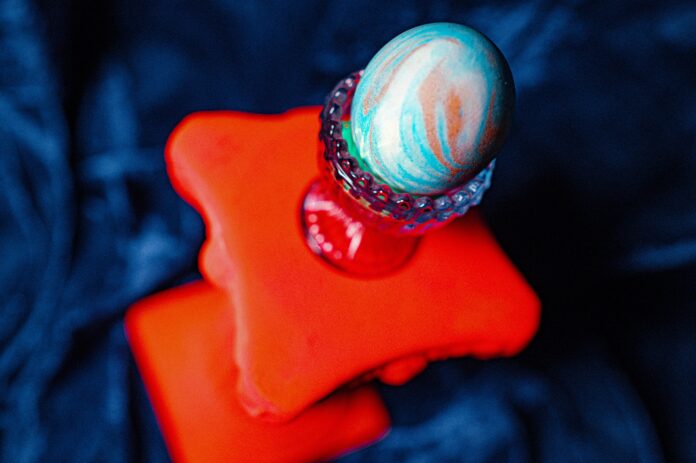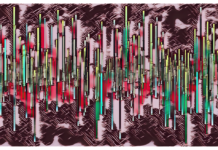Pimple patches have gained popularity in recent years as an effective solution for treating and minimizing acne. These innovative skincare products offer a targeted approach to spot treatment, helping to accelerate the healing process and reduce the visibility of pimples. In this guide, we will delve into the world of pimple patches and provide you with a comprehensive understanding of their benefits, how they work, and their potential drawbacks. Below, we have compiled a list of ten important things you need to know about pimple patches.
1. Pimple patches, also known as acne patches or zit stickers, are small adhesive patches that adhere to the skin to treat individual pimples or blemishes. They are typically made of hydrocolloid, a gel-like material that creates a moist environment to aid in healing.
2. The primary purpose of pimple patches is to absorb excess oil, pus, and other impurities from the pimple. This helps to speed up the healing process, reduce inflammation, and minimize the risk of scarring.
3. Pimple patches provide a physical barrier that prevents bacteria and dirt from entering the pimple, reducing the chances of further infection. By isolating the affected area, they create an optimal environment for healing and prevent the spread of bacteria.
4. Pimple patches are most effective when applied to clean, dry skin. It is important to cleanse your face thoroughly before applying the patch to ensure optimal adhesion and effectiveness. Avoid using any skincare products that may interfere with the patch’s adhesion or effectiveness, such as oils or heavy creams.
5. Pimple patches are suitable for various types of acne, including whiteheads, blackheads, and inflamed pimples. They are particularly useful for pimples that have come to a head or have visible pus.
6. Pimple patches are typically transparent or semi-transparent, making them inconspicuous when applied to the skin. This allows you to wear them during the day without drawing attention to your blemishes.
7. Pimple patches can be left on the skin for several hours or overnight, depending on the specific product and its instructions. Leaving them on overnight allows for extended contact time and maximum absorption of impurities.
8. Pimple patches work best on mature pimples that have already reached the surface of the skin. They are less effective on deep, cystic acne or pimples that have not yet formed a visible head.
9. While pimple patches are generally safe to use, some individuals may experience minor irritation or sensitivity to the adhesive. If you notice any adverse reactions, such as redness or itching, discontinue use and consult a dermatologist.
10. Pimple patches should not be used as a substitute for a comprehensive acne treatment routine. While they can provide temporary relief and expedite the healing process for individual pimples, addressing the underlying causes of acne requires a holistic approach involving proper skincare, diet, lifestyle modifications, and, in some cases, professional guidance.
Pimple patches are a valuable addition to any skincare routine, offering targeted treatment and accelerated healing for individual pimples. They provide a convenient and discreet solution for managing acne, absorbing excess oil and impurities while preventing further infection. However, it is important to remember that pimple patches are not a standalone solution for acne and should be used in conjunction with a comprehensive skincare regimen. Consult with a dermatologist if you have persistent or severe acne to develop an effective treatment plan tailored to your needs.
Pimple patches, also known as acne patches or zit stickers, have gained popularity in recent years as an effective solution for treating and minimizing acne. These innovative skincare products offer a targeted approach to spot treatment, helping to accelerate the healing process and reduce the visibility of pimples. Made of hydrocolloid, a gel-like material, pimple patches create a moist environment that aids in healing by absorbing excess oil, pus, and other impurities from the pimple. By isolating the affected area, these patches provide a physical barrier that prevents bacteria and dirt from entering the pimple, reducing the chances of further infection.
To achieve optimal results, it is important to apply pimple patches to clean, dry skin. Thoroughly cleansing your face before applying the patch ensures optimal adhesion and effectiveness. It’s best to avoid using skincare products that may interfere with the patch’s adhesion or effectiveness, such as oils or heavy creams. Once applied, pimple patches become inconspicuous due to their transparent or semi-transparent nature. This allows you to wear them during the day without drawing attention to your blemishes.
Pimple patches are suitable for various types of acne, including whiteheads, blackheads, and inflamed pimples. They are particularly useful for pimples that have come to a head or have visible pus. For best results, it is recommended to leave the patch on the skin for several hours or overnight, depending on the specific product and its instructions. Leaving the patch on overnight allows for extended contact time and maximum absorption of impurities.
While pimple patches are generally safe to use, some individuals may experience minor irritation or sensitivity to the adhesive. If you notice any adverse reactions, such as redness or itching, it is advisable to discontinue use and consult a dermatologist for further guidance. Additionally, it is important to note that pimple patches should not be used as a substitute for a comprehensive acne treatment routine. While they can provide temporary relief and expedite the healing process for individual pimples, addressing the underlying causes of acne requires a holistic approach involving proper skincare, diet, lifestyle modifications, and, in some cases, professional guidance.
In conclusion, pimple patches are a valuable addition to any skincare routine, offering targeted treatment and accelerated healing for individual pimples. They provide a convenient and discreet solution for managing acne, absorbing excess oil and impurities while preventing further infection. However, it is important to remember that pimple patches are not a standalone solution for acne and should be used in conjunction with a comprehensive skincare regimen. Consult with a dermatologist if you have persistent or severe acne to develop an effective treatment plan tailored to your needs.






















